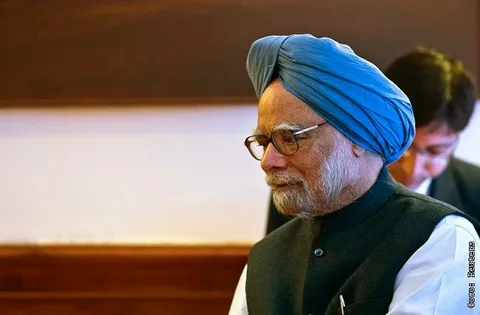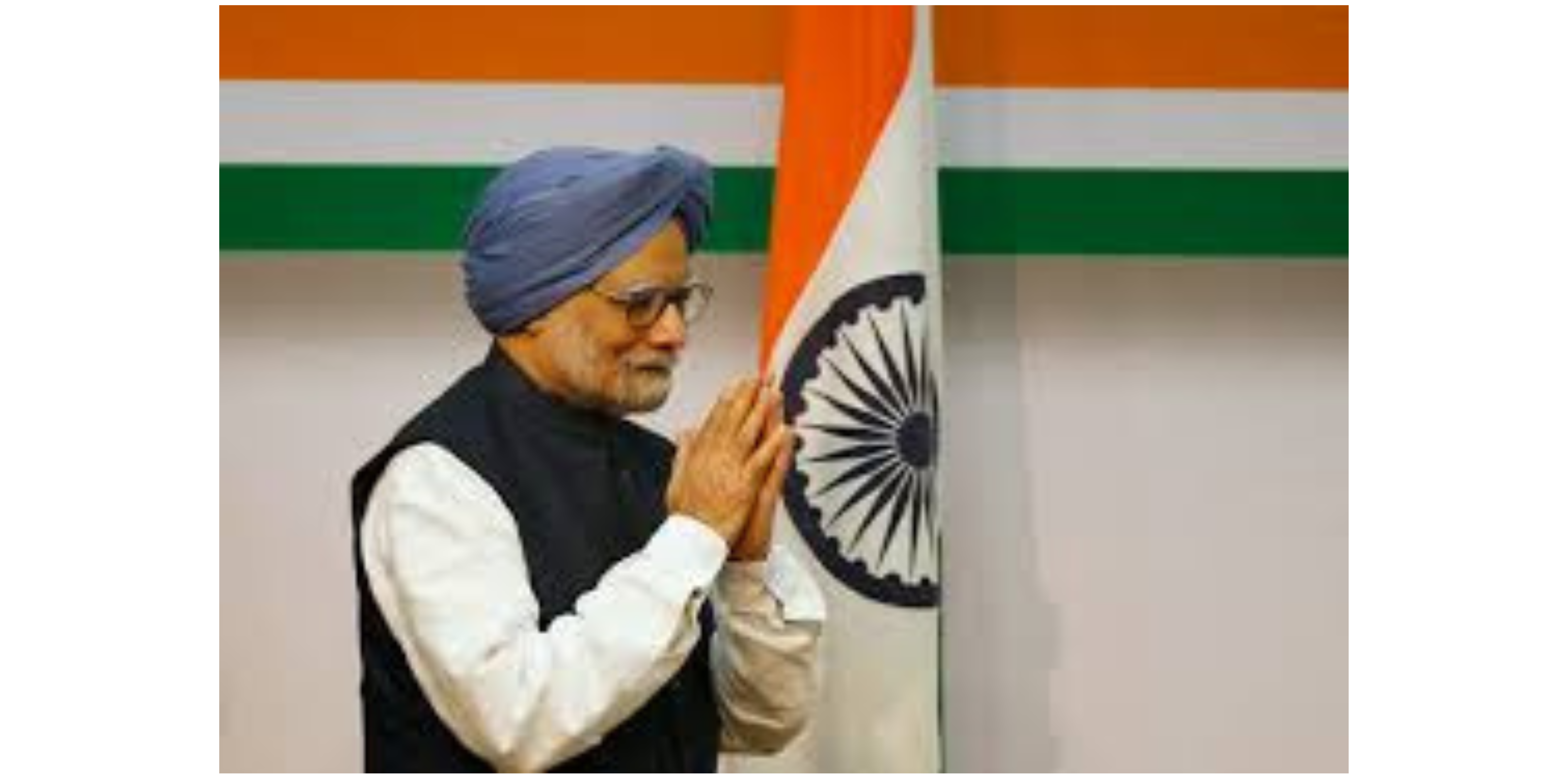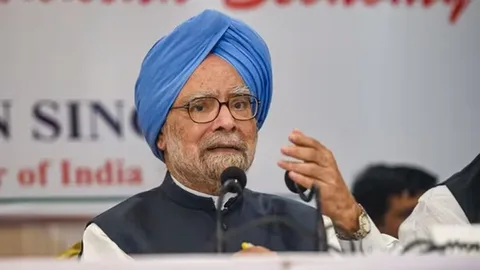Manmohan Singh Death 26 December 2024
Early Life and Education
Manmohan Singh, perhaps of India’s most recognized and powerful pioneer, filled in as the country’s thirteenth State head from 2004 to 2014. Brought into the world on September 26, 1932, in Gah, a little town in present-day Pakistan, Singh showed outstanding scholarly brightness since the beginning. After the segment of India in 1947, his family relocated to India, where his excursion of scholarly greatness and public help really started.
Singh sought after his undergrad and graduate degrees in financial matters at Punjab College. His scholastic interests later took him to the College of Cambridge, where he procured an extra degree in financial matters. In 1962, he finished his doctoral examinations at the College of Oxford, spend significant time in exchange and improvement. These early stages solidified his standing as a refined financial expert with a profound comprehension of worldwide monetary frameworks.
Rise in Public Service
Manmohan Singh’s vocation openly administration started during the 1970s, when he joined the Indian common assistance. Throughout the long term, he stood firm on a progression of key footings that permitted him to shape India’s financial strategies. He filled in as Boss Monetary Consultant (1972-1976), Secretary of the Service of Money, and later as the Legislative leader of the Save Bank of India (1982-1985).
His worldwide acknowledgment developed during his residency as the Representative Executive of the Arranging Commission in the last part of the 1980s, where he assumed a crucial part in figuring out the country’s improvement systems. His aptitude was additionally recognized when he was designated as the Money Pastor of India in 1991 by State leader P.V. Narasimha Rao.
The Economic Reformer
Manmohan Singh residency as Money Priest denoted a defining moment in India’s monetary history. In 1991, India confronted a serious financial emergency portrayed by drained unfamiliar trade saves, taking off expansion, and monetary shortages. Singh, in a joint effort with Narasimha Rao, led a progression of underlying changes that changed the Indian economy.
Key Reforms
Monetary Advancement: Singh presented approaches that destroyed the Permit Raj, diminishing government command over ventures and empowering private undertaking.
Exchange Progression: Duties and import limitations were essentially brought down, incorporating India into the worldwide economy.
Unfamiliar Direct Speculation (FDI): He opened different areas to unfamiliar venture, encouraging mechanical and monetary inflows.
Monetary Combination: Singh carried out measures to diminish deficiencies and settle the economy, guaranteeing economical development.
Prime Ministerial Tenure: 2004-2014
Manmohan Singh climb to the Top state leader’s office in 2004 denoted the start of a period described by financial development, social government assistance, and strategic artfulness. Heading the Unified Moderate Partnership (UPA) alliance, he turned into the main Sikh to stand firm on the situation and one of only a handful of exceptional technocrats to lead the country.
Economic Achievements
During his residency, India experienced hearty financial development, with Gross domestic product development rates reliably surpassing 7% during the underlying years. Significant drives under his administration included:
- Public Country Business Assurance Act (NREGA): This milestone regulation ensured 100 days of pay work to provincial families, essentially decreasing destitution.
- Ranch Credit Waiver: In 2008, his administration sent off an obligation help plot helping a large number of ranchers.
- Framework Advancement: Interests in streets, ports, and power areas were focused on to upgrade availability and efficiency.
Social Reforms
Manmohan Singh’s administration accentuated comprehensive development. Key social changes included:
- Right to Training Act (2009): Commanding free and obligatory schooling for youngsters matured 6 to 14.
- Food Security Act (2013): Pointed toward guaranteeing sponsored food grains for 66% of India’s populace.
- Ladies’ Strengthening: A few strategies were acquainted with further develop orientation uniformity and ladies’ portrayal in the labor force.

Foreign Policy
As State head, Singh assumed a basic part in molding India’s unfamiliar relations. His residency was set apart by reinforcing attaches with significant powers, including the US, Russia, and China.
- India-US Atomic Arrangement (2008): A milestone understanding that finished India’s atomic detachment and empowered admittance to regular citizen atomic innovation.
- Commitment with Neighbors: Singh’s endeavors to further develop relations with Pakistan and other South Asian countries featured his obligation to provincial soundness.
Challenges and Criticism
Regardless of his accomplishments, Singh’s residency was not without discussions. The UPA government confronted charges of debasement, including the 2G range trick and the coal assignment trick. These issues tainted his organization’s appearance, especially during his subsequent term (2009-2014).
Furthermore, pundits scrutinized his administration style, frequently depicting him as “delicate” or excessively dependent on the Congress party’s authority, especially Sonia Gandhi. Nonetheless, his allies contend that his quiet attitude and spotlight on administration permitted him to actually explore complex alliance legislative issues.
Legacy and Impact
Manmohan Singh’s heritage as a financial expert turned-lawmaker is diverse. He is broadly credited with laying the basis for India’s monetary change during the 1990s and controlling the country through huge worldwide difficulties during his prevalence, including the 2008 worldwide monetary emergency.
His residency as State leader featured the significance of joining financial skill with political keenness. While his organization confronted analysis in later years, his commitments to India’s development and improvement stay certain.
Personal Life and Values
Manmohan Singh is known for his respectability, modesty, and academic way to deal with initiative. Regardless of his high-profile vocation, Singh has consistently kept a position of safety, allowing his work to represent itself with no issue.
Conclusion
Manmohan Singh’s excursion from a little town in Punjab to the most noteworthy office in India is a demonstration of his commitment. As a financial specialist, he changed India’s monetary scene, and as a Top state leader, he supported development with value.






Este site é realmente demais. Sempre que consigo acessar eu encontro coisas incríveis Você também pode acessar o nosso site e saber mais detalhes! conteúdo único. Venha saber mais agora! 🙂
fantástico este conteúdo. Gostei muito. Aproveitem e vejam este conteúdo. informações, novidades e muito mais. Não deixem de acessar para se informar mais. Obrigado a todos e até a próxima. 🙂
Hey just wanted to give you a quick heads up. The text in your article seem to be running off the screen in Chrome. I’m not sure if this is a format issue or something to do with web browser compatibility but I figured I’d post to let you know. The design look great though! Hope you get the problem solved soon. Kudos
Can I just say what a relief to find someone who actually knows what theyre talking about on the internet. You definitely know how to bring an issue to light and make it important. More people need to read this and understand this side of the story. I cant believe youre not more popular because you definitely have the gift.